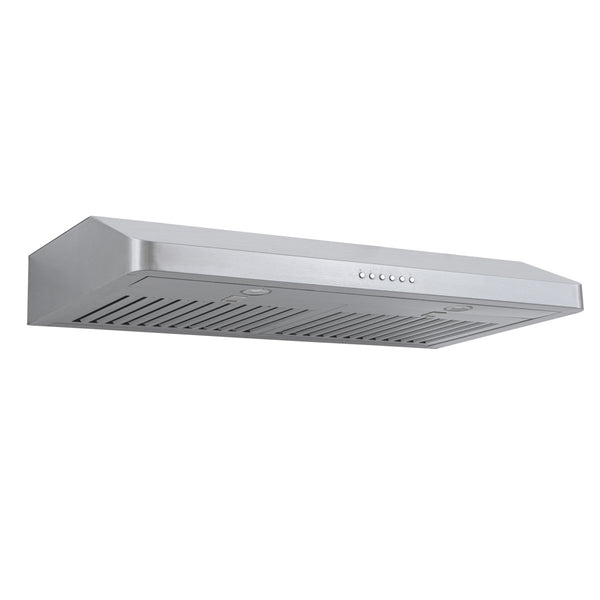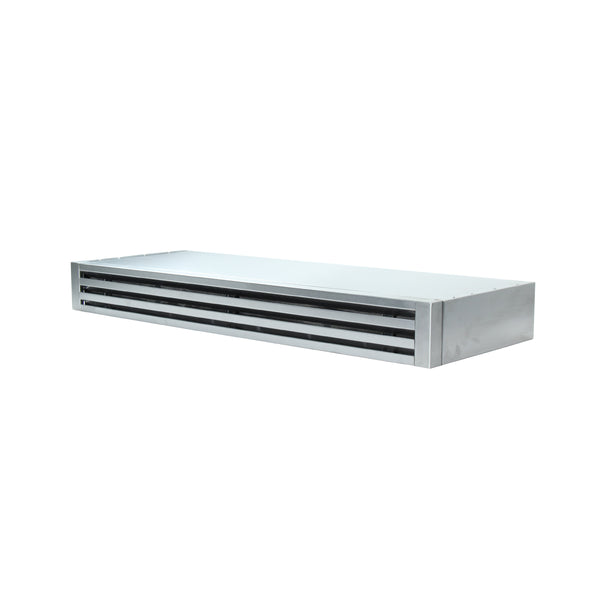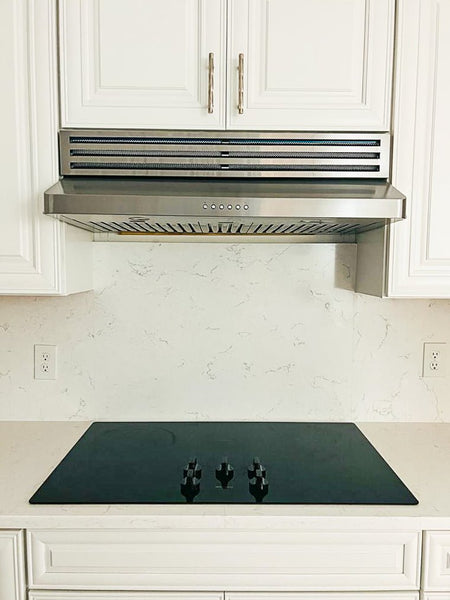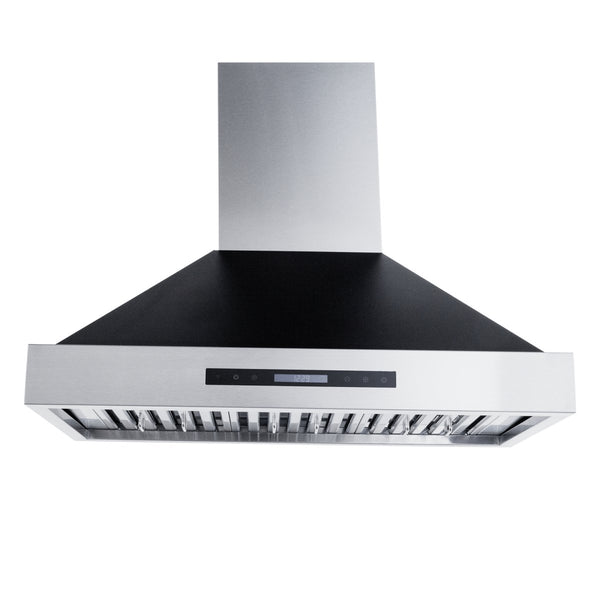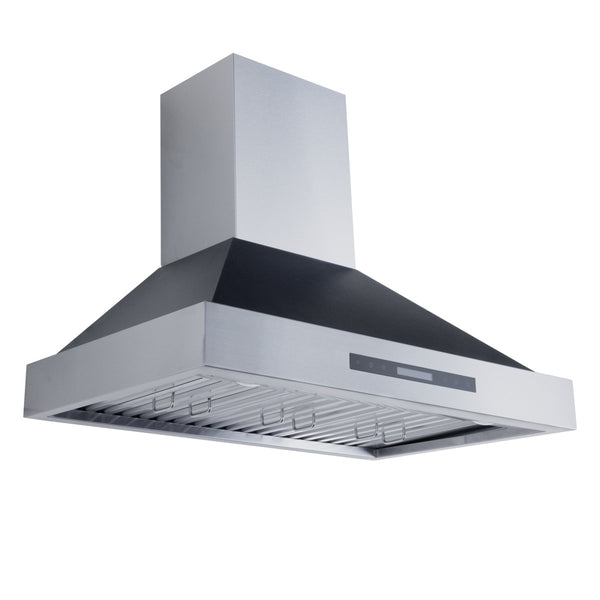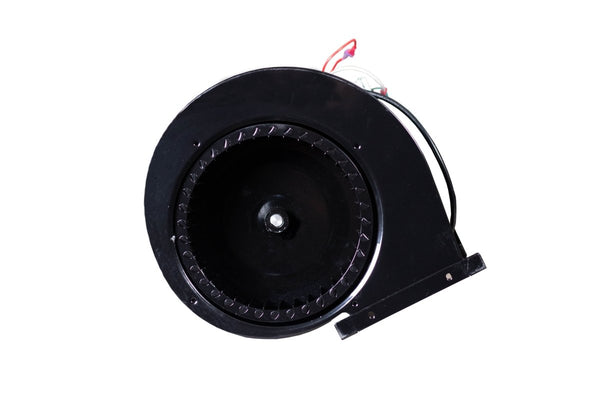When it comes to finding the right tools for the job, it can be challenging to understand which tools are which, especially when certain tools have names that you don’t quite understand.
There’s no need to worry though, if you’re struggling to find the tool that you need, or you don’t know what the tool you’re looking for is, then we’ll explain everything you need to know!
In this guide, we’ll be discussing what a Monkey Wrench is, as well as what one is used for, and why it is actually called a Monkey Wrench!
So if you’re unsure or simply don’t know anything about Monkey Wrenches, then read through our guide and you’ll learn all the information worth knowing about them.
What Is A Monkey Wrench?
If you’re looking for the answer to what a monkey wrench is, then you don’t need to look any further!
A monkey wrench is a common and versatile tool with a load of different uses and applications.
It was invented in the 19th century, and the first monkey wrenches were made using pieces of flattened iron, and would typically measure around 24 inches in length.
In terms of its appearance, a monkey wrench is known for its either L or F shaped appearance, and has a fixed “upper jaw” alongside a lower jaw that is able to move both up and down the wrench as a result of the screw mechanism that is found within.
This wrench earned its name because of the way that the lower jaw moves up and down the wrench, commonly compared to the way a monkey would climb up and down a tree.
After the monkey wrench was invented, it spawned a whole of different wrenches and tools that had been modified purely based on the monkey wrench’s basic design.
In fact, even some specialized wrenches, such as pipe wrenches, vice grips, and even adjustable clamps all came about because of the original monkey wrench.
But it is worth noting that these tools are designed for applications where a monkey wrench simply wouldn’t work.
What Is A Monkey Wrench Used For?
As we mentioned earlier, monkey wrenches have a whole bunch of different applications.
For example, it is often used to help clamp onto various different fasteners and pipes such as bolts, screws, and even lug nuts.
Using a monkey wrench effectively might seem difficult at first, but it’s actually relatively simple once you get the hang of it!
The most important part of a monkey wrench is its jaws, which are attached to the fastener head, which is where you then want to slide the lower jaw in order for the fastener to fit with a particularly strong grip.
Once you have both of the jaws of the monkey wrench firmly gripping the sides of the fastener, you should then be able to increase the pressure you apply to loosen or tighten the fastener.
In order to loosen the fastener, you will need to turn the wrench in a counterclockwise direction, and of course, if you wish to tighten the fastener, you will need to turn the wrench in a clockwise direction.
What Is The Difference Between A Monkey Wrench And A Pipe Wrench?
One thing that does cause a lot of confusion for people who are unfamiliar with tools is the difference between a monkey wrench and a pipe wrench, and it’s understandable really because the two are pretty similar in appearance.
So, what exactly is the difference between these two different wrenches?
A pipe wrench is a tool that is designed to help turn threaded pipe and other pipe fittings, whether it’s either for assembly or disassembly.
As you would expect from the name, these wrenches are best used when it comes to tightening or loosening rounded surfaces, such as pipe fittings, or threaded pipe.
What makes it so effective is the teeth found in the jaw, which is what allows the wrench to grip rounded surfaces so well.
So, when it comes to using a monkey wrench, the lack of teeth found within its jaw is what makes it so inadequate for adjusting rounded surfaces, which is why it is commonly recommended that for rounded surfaces, you use a pipe wrench, and for flat surfaces, you use a monkey wrench!
Things To Consider When Buying A Monkey Wrench
Whilst they can’t be used for the same thing, the same factors should be considered when it comes to buying both pipe wrenches and monkey wrenches!
Durability
Ensure that the wrench you’re buying is constructed of a hard material such as aluminum or steel, which will ensure it stays strong no matter what.
Weight And Size
Depending on the intended use, you should ensure that the wrench is going to be the right size, remember that pipe wrenches aren’t adjustable like monkey wrenches are!
Heavy duty wrenches are always going to weigh more, but don’t think that this makes them more reliable, you should always opt for lighter tools, as they’ll be much more comfortable to use.
Grip
If you’re going to be using the wrench for an extended period of time, you should ensure that it has a comfortable grip that will allow you to use it without hurting or becoming uncomfortable.
We recommend that you look for a wrench that has a rubber grip, as this will help to provide some comfort.
What do the British call a monkey wrench?
The British call a monkey wrench an adjustable spanner.
Why do the British call it a spanner?
It likely originated from the connection between "span" and "spin", which were both related to winding springs of wheel-lock firearms. It is now used to mean "wrench" since 1790.
Conclusion
To summarise, a monkey wrench is a versatile tool that is used to help adjust flat surfaced fasteners and is recognizable from its distinct L or F shape, which comes from its adjustable jaws.
